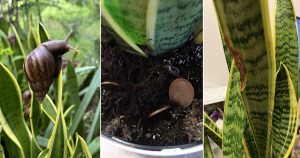Succulents don’t usually need feeding. So, for better growth, here’s how to fertilize your snake plant without killing it.
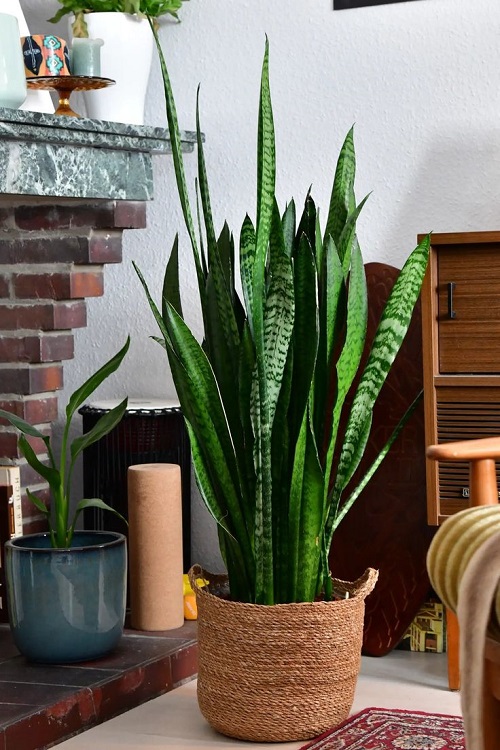
If snake plants top your list of indoor favorites and you want more of them, feeding is a must. Fertilizing not only keeps them lush and bushy but also encourages new pups for propagation. But go easy—many plant parents tend to overdo it. Here’s how to fertilize without loving your plant to death.
How to Fertilize a Snake Plant Without Killing It
1. Choose the Right Fertilizer
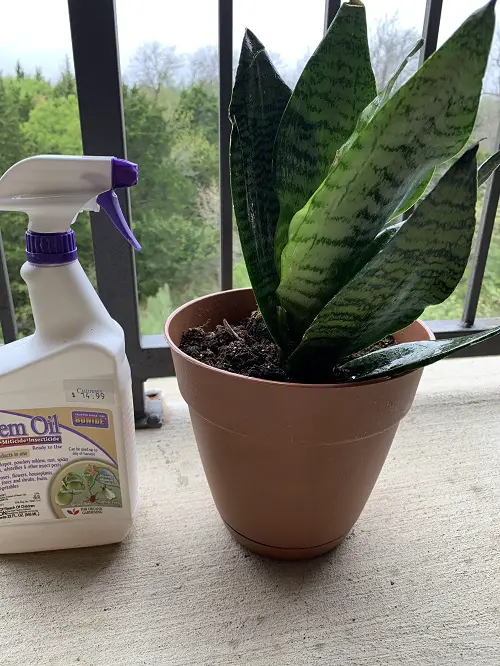
The very first reason why snake plants might die could lie in the choice of fertilizer. So, how do you pick the right one when the options seem endless?
Well, it is quite easy, actually. You will want to feed your snake plant with a balanced, slow-release fertilizer with an NPK ratio of 10-10-10. However, you might also opt for one that has a higher phosphorus content, such as one with a ratio of 10-15-10. Higher phosphorus helps the plant in all aspects, including roots, leaves, and buds.
2. Go for High Phosphorus for Blooms
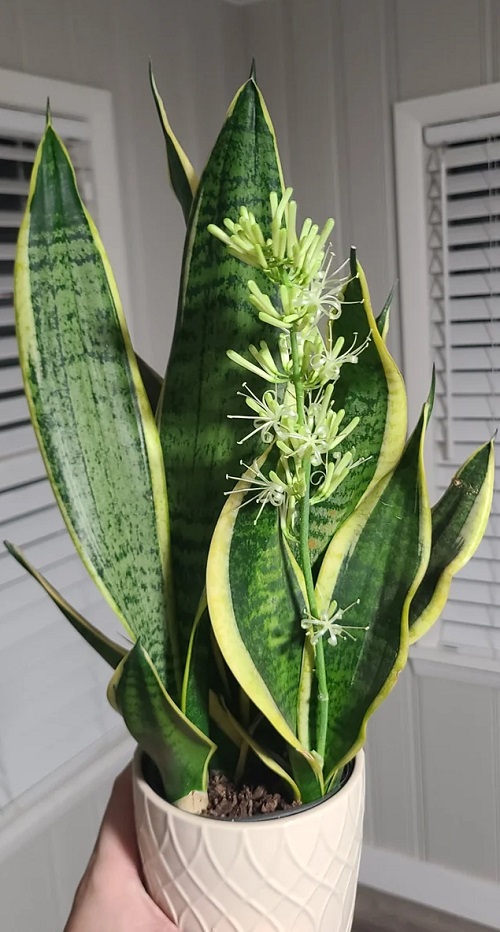
If you have been trying to get your snake plant flowering, a fertilizer with a bit more phosphorus could be perfect. Snake plants rarely bloom indoors, but with the right light and this kind of feed, you might just get lucky.
Avoid fertilizers with too much nitrogen—too much nitrogen can make the leaves floppy or overly soft, especially in indoor conditions.
3. Always Dilute Before You Feed
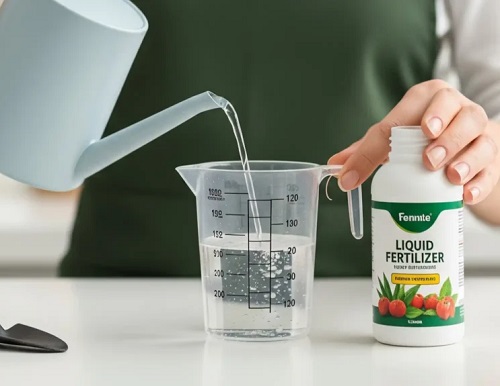
If you are just a beginner in the gardening world, you need to know how to fertilize! Along with following the instructions on the package, it’s crucial to dilute the fertilizer properly. This helps prevent overfeeding and keeps the delicate roots safe.
Keep a clean watering can or bucket ready alongside your fertilizer and a measuring cup. Measure out the liquid fertilizer as per instructions, and when adding it to the water, don’t overdo it! Always mix it to half strength and stir well so it dissolves completely.
4. Never Fertilize a Dry Snake Plant
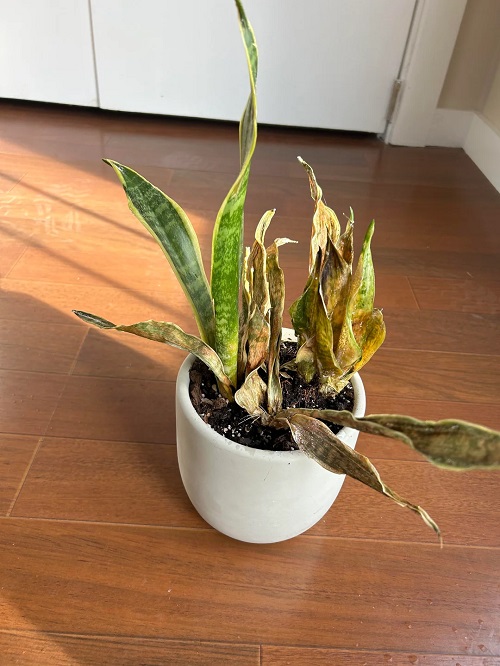
Just avoid fertilizing a dry plant—always water your snake plant lightly before applying fertilizer. This helps prevent root burn caused by concentrated salts.
5. Don’t Fertilize in Winter
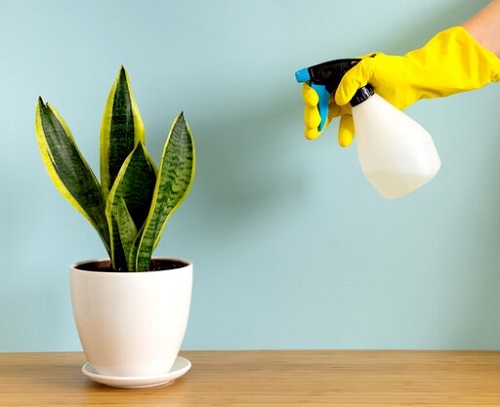
Fertilizing snake plants in the colder months of the year is a surefire way to kill them!
If you are wondering why, it is because most succulents go dormant after summer, in fall, and winter. Too much feeding or watering during this rest period can do more harm than good, often leading to root burn and eventually killing your plant.
In winter, focus more on giving the plant light and warmth instead of food—think of it as your snake plant’s resting season.
6. Fertilize Only During the Growing Season
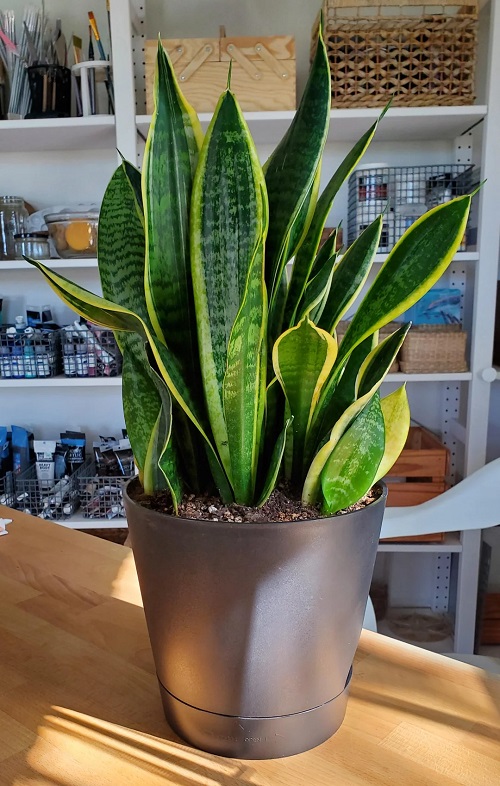
So, always follow the rule of thumb of fertilizing once a month during spring and summer, and take care not to completely drench the snake plant soil in fertilizer. Make sure any excess water drains out to prevent root rot.
7. Be Cautious with Organic Fertilizers
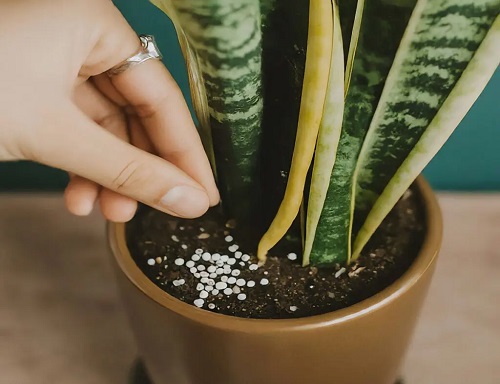
You must have heard people swear by organic fertilizers like “fish meal”, “blood meal”, “worm poop”, etc. While these may be environment-friendly, they are not as rich in plant nutrients as you might think. Plus, they can be pretty pricey!
Basically, if you are only worried about being environmentally responsible, you would be perfectly fine using inorganic fertilizers too, as long as you don’t dump them down your drain or your local river.
8. Slow Breakdown Isn’t Ideal Indoors
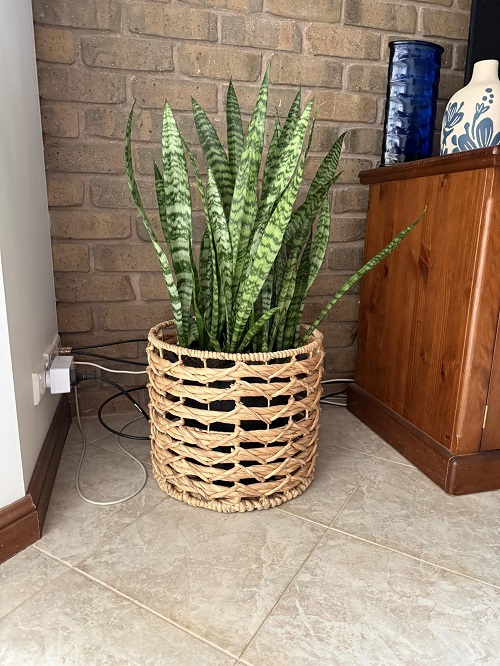
Organic fertilizers tend to break down slowly, which is not always ideal for potted indoor plants like snake plants that thrive on precise, controlled feeding.
9. Sunlight Decides the Feeding Schedule
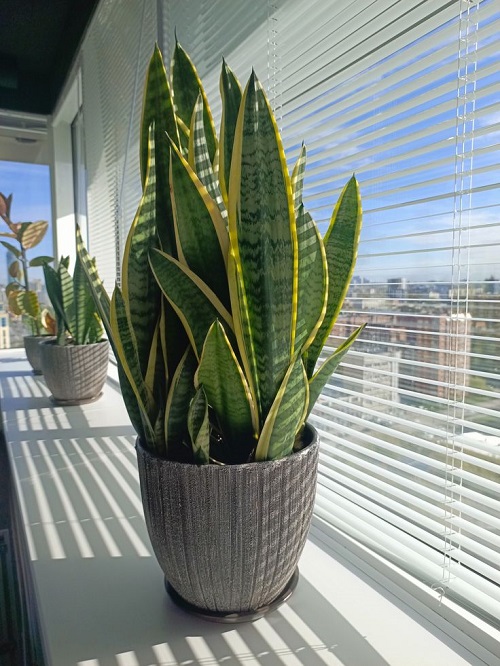
We know you want to make a particular schedule for feeding, but unfortunately, your snake plant won’t really appreciate that. How often you fertilize depends on how much light the plant gets.
For example, near a south or west-facing window, fertilize every 3 months. Near a north-facing window: fertilize twice a year. In low light: fertilize only once a year.
10. Light Impacts Nutrient Use
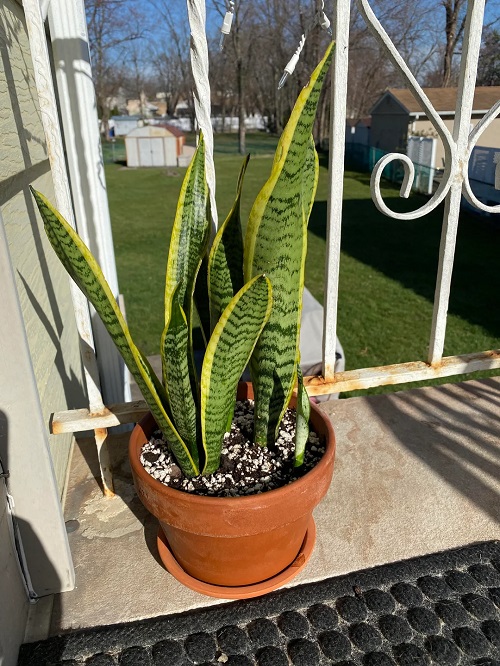
Still confused? Well, a plant growing in high light generally gathers more energy and uses nutrients faster to support its growth. On the other hand, one in low light takes in nutrients more slowly and doesn’t need a boost very often.
11. Watch for Signs of Overfeeding
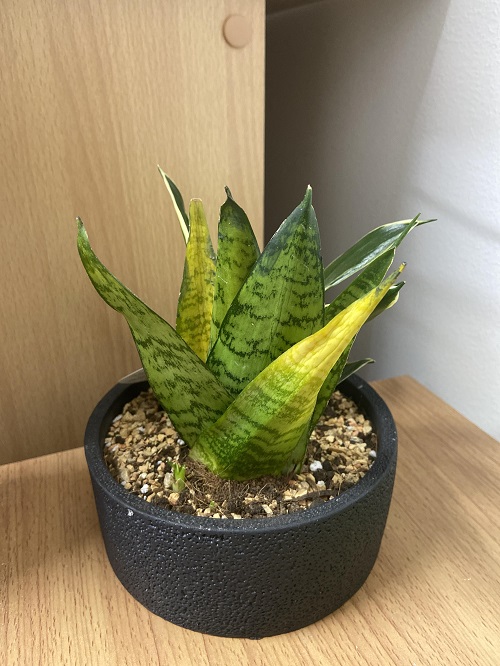
These guidelines reduce the risk of overloading your plant with nutrients, which can often lead to nutrient toxicity or fertilizer burn. The most common symptoms of this are crispy leaf edges or sudden yellowing of the leaves.
So, before you reach for the fertilizer bottle, check how much light your snake plant is soaking in—feeding without enough light is like offering a buffet to someone who’s already full!
So, these are the top five things you should follow when fertilizing your snake plant to avoid burning the roots or killing it. Do you follow any special hacks? Let us know in the comments below!


